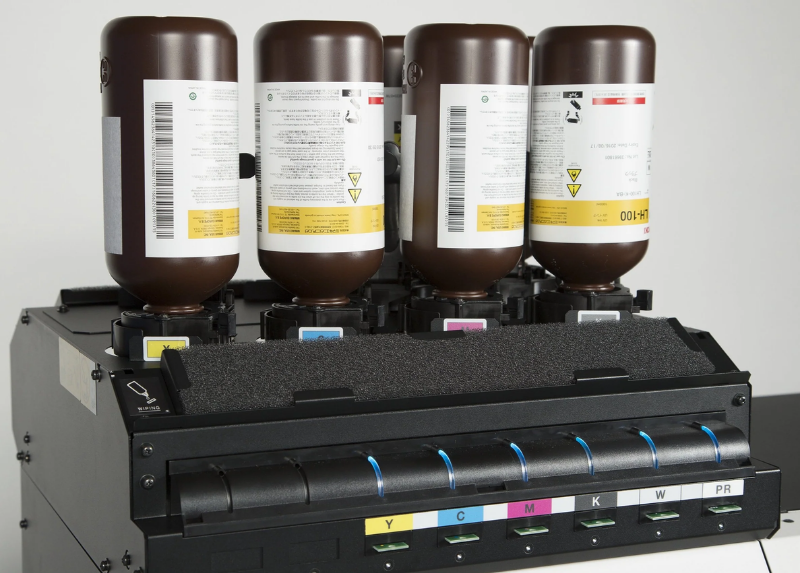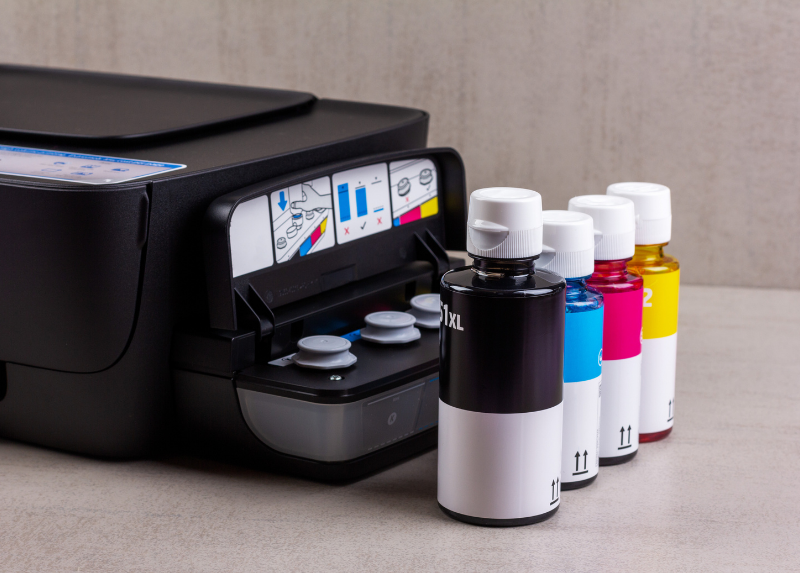Toluene Solvent (C₆H₅CH₃): Overview, Safety Guidelines for Use
20/06/2025
|
Industry news
Toluene is an important organic solvent widely used in industries such as paints, adhesives, and chemicals. While offering many benefits, if not used correctly, this solvent can negatively impact the environment and human health. This article will provide important information about Toluene, helping you use the solvent effectively and safely.
What is Toluene?
Toluene solvent is a chemical compound belonging to the aromatic hydrocarbon group, with the chemical formula C7H8 (or C6H5CH3). It is also known as toluol, methylbenzene, or phenylmethane. Toluene is a colorless liquid with a distinct aromatic odor, is highly volatile, and is insoluble in water but readily soluble in many other organic solvents.

Physical Properties of Toluene
Toluene is characterized by the following physical properties:
- State: Toluene is a colorless, transparent liquid.
- Odor: It has a distinct aromatic odor, similar to gasoline or benzene but milder.
- Melting Point: Its melting point is -95°C.
- Boiling Point: The boiling point is 110.6°C.
- Density: It has a density of 0.8669 g/cm³ (at 20°C).
- Solubility:
- It is insoluble in water (very low solubility, about 0.52 g/L at 20°C).
- It is highly soluble in organic solvents such as ethanol, ether, acetone, chloroform, and benzene.
- Viscosity: Toluene has low viscosity and is highly volatile.
- Vapor Pressure: Approximately 28.4 mmHg (at 20°C), indicating its rapid evaporation capability.
- Refractive Index: The refractive index is 1.4969 (at 20°C).
- Flammability: Toluene is highly flammable, with a flash point of 4°C (closed cup).
Chemical Properties of Toluene
Toluene is an aromatic hydrocarbon, consisting of a benzene ring (C6H6) attached to a methyl group (−CH3). Therefore, it exhibits properties of both an aromatic ring and an alkyl group:
Reactions on the Benzene Ring
- Electrophilic Aromatic Substitution:
- Toluene is more reactive than benzene in substitution reactions due to the +I effect (electron-donating resonance) of the methyl group, which increases electron density on the benzene ring.
- Examples:
- Nitration: Toluene + HNO3 (with H2SO4 as catalyst) → 2-nitrotoluene or 4-nitrotoluene.
- Sulfonation: Toluene + concentrated H2SO4→ toluenesulfonic acid (primarily at the para position).
- Halogenation: Toluene + Cl2 or Br2 (with Fe or FeCl3 catalyst) → 2-chlorotoluene or 4-chlorotoluene.
- Stability of the Aromatic Ring: The benzene ring in toluene is very stable and is not easily broken down by common addition or oxidation reactions.
Reactions at the Methyl Group (−CH3)
- Oxidation:
- When strongly oxidized (e.g., by KMnO4 or K2Cr2O7 in an acidic medium), the methyl group of toluene is converted into a carboxyl group (−COOH), forming benzoic acid (C6H5COOH).
- Equation: C6H5CH3+[O]→C6H5COOH+H2O.
- Halogenation of the Methyl Group:
- Under light or high temperature conditions (without Fe catalyst), toluene reacts with halogens (Cl2, Br2) at the methyl group, forming benzyl halide.
- Example: C6H5CH3+Cl2 (light) →C6H5CH2Cl (benzyl chloride) + HCl.
Flammability
Toluene burns in air to produce CO2 and H2O, releasing significant heat: C7H8+9O2→7CO2+4H2O.
Weak Reducing Properties
Toluene does not possess strong reducing properties like saturated hydrocarbons, but under harsh conditions, the aromatic ring can be broken down by extremely strong oxidizing agents.

Toluene Purification Process
In practice, toluene is primarily produced from petroleum through petrochemical processes. The main methods include:
From Catalytic Reforming:
- Raw Material: Hydrocarbon fractions from petroleum (such as naphtha – a mixture of C₆-C₁₀ hydrocarbons).
- Process:
- Naphtha is fed into a reforming reactor with a catalyst (usually Pt or Pt-Re on an Al2O3 support).
- Under high temperature (450-550°C) and pressure conditions, straight-chain hydrocarbons are converted into aromatic hydrocarbons (dehydrogenation and cyclization).
- The product mixture containing toluene, benzene, xylene, etc., is separated by fractional distillation.
- Main Reaction: C7H16 (heptane) →C7H8 (toluene) + 4H2.
- Advantages: Large-scale production, utilizes readily available petroleum sources.
From Petroleum Cracking (Pyrolysis):
- Raw Material: Petroleum or natural gas.
- Process:
- Petroleum is heated to very high temperatures (700-900°C) in thermal cracking or catalytic cracking processes.
- Large hydrocarbons are broken down into smaller molecules, including toluene and other aromatic compounds.
- Toluene is separated from the mixture by distillation.
- Result: Toluene is one of the byproducts of ethylene and propylene production.
From Coal Tar:
- Raw Material: Coal tar (a byproduct from the coking process).
- Process:
- Coal tar is distilled at high temperatures.
- The fraction containing toluene (boiling point 110-111°C) is collected and further purified.
- Note: This method is less common today due to its reliance on the coal industry.
What is Toluene Solvent Used For?
Applications as a Solvent
- Paints and Coatings:
- Toluene is used as a solvent to dissolve resins, pigments, and other components in the production of paints, varnishes, and surface coatings.
- It helps adjust viscosity and accelerate the drying rate of paints.
- Adhesives and Sealants: It is a key component in rubber adhesives and industrial glues due to its excellent ability to dissolve polymers.
- Printing Inks: Used in offset or rotogravure inks to ensure proper flow and adhesion on the printing surface.
- Cleaning Agents: Toluene is used to remove grease, resin, or paint from metals and other surfaces.

Applications in Chemical Synthesis
Toluene serves as a crucial raw material in the synthesis of various chemicals.
- Production of Benzene and Xylene: Toluene can undergo demethylation (dealkylation) to produce benzene or be converted into xylene in petrochemical processes. For example: C7H8→C6H6+CH4 (during hydrogenation).
- TNT (Trinitrotoluene) Explosive: Toluene is the initial raw material for synthesizing TNT through a multi-stage nitration reaction with HNO3 and H2SO4. Process: Toluene → Mononitrotoluene → Dinitrotoluene → Trinitrotoluene (TNT).
- Chemical Intermediates: Used to produce benzoic acid (C6H5COOH), benzaldehyde (C6H5CHO), and other aromatic compounds through oxidation.
Applications in the Petrochemical Industry
- Fuel: Toluene is added to gasoline to increase its octane rating, improving engine combustion efficiency (common in racing fuel or aviation gasoline).
- Polymer Production: It serves as a solvent in the production of polystyrene, polyurethane, and other plastics.
Applications in Laboratories
- Extraction and Analysis: Toluene is used as an extraction solvent for organic compounds in chemical analysis.
- Reaction Solvent: It provides a medium for chemical reactions, especially Friedel-Crafts reactions or the synthesis of aromatic compounds.
Other Applications
- Medicine and Pharmaceuticals: Used in the synthesis of some drugs or pharmaceutical chemicals (though less common now due to toxicity).
- Electronics Industry: Used for cleaning electronic components or dissolving protective coatings.
- Fragrance Production: A small amount of toluene is used to synthesize aromatic compounds in the perfume industry.
Safety Notes When Using Toluene
Using toluene requires strict adherence to safety protocols due to its potential hazards.
Proper Storage Notes
Toluene must be stored in tightly sealed containers in a dry, cool, and well-ventilated area, away from direct sunlight or high temperatures. Furthermore, to reduce the risk of fire and explosion, this chemical must be separated from ignition sources, electrical sparks, or flammable materials.
Safe Usage Notes
To ensure safety, direct contact with Toluene should be minimized by using personal protective equipment such as gloves, safety glasses, and a respirator. Inhaling it for prolonged periods is extremely dangerous, so ensure the workplace is always well-ventilated with a proper ventilation system or fume hood. Additionally, do not eat, drink, or smoke in the work area to prevent the risk of poisoning and ensure health safety.
How to Handle Incidents
When working with Toluene, it is essential to follow all safety measures, such as wearing a mask, gloves, and safety goggles throughout the entire process. After use, thoroughly clean any residual solvent in containers to ensure personal and environmental safety. Use water to rinse surfaces clean, minimizing the risk of fire caused by chemical residues. Never be complacent in any situation; always adhere to safe handling procedures to avoid unfortunate risks.

Toluene offers numerous benefits for manufacturing and daily life, but it also carries many potential risks if not used correctly. Therefore, it is crucial to understand its nature, applications, and adhere to safety measures to use the solvent effectively, minimizing its negative impacts on health and the environment. We hope this article has provided useful information to help you use Toluene solvent effectively and safely.
Contact K-Chem immediately – a reputable and quality supplier specializing in bulk Toluene or custom-blended chemical products based on business needs, offering affordable prices – to receive free consultation from our experienced team!
K-CHEM VIETNAM CO., LTD
- Address: N6B Road, Lot F, Phu Chanh 1 Industrial Cluster, Phu Chanh Ward, Tan Uyen City, Binh Duong Province, Vietnam
- Tel: +84 274 362 0218
- Email: info@k-chem.vn






